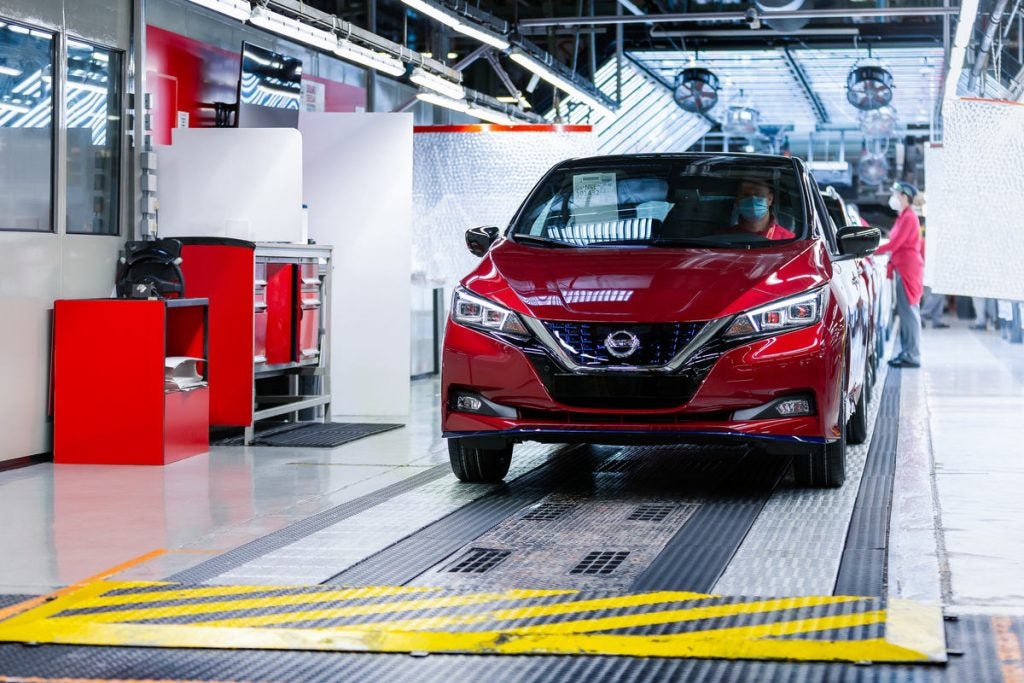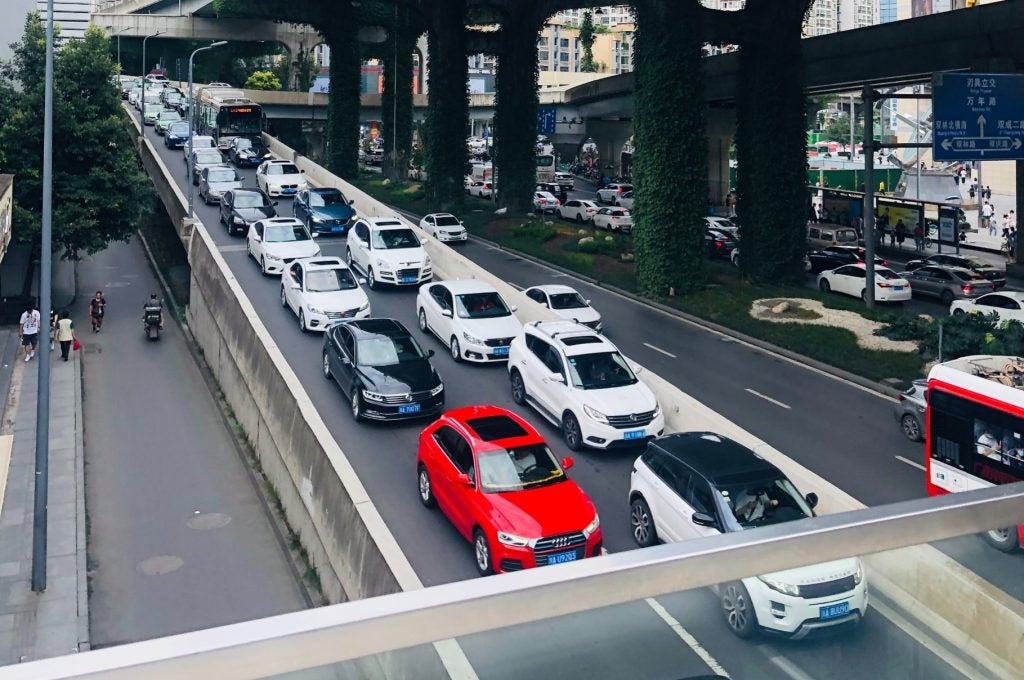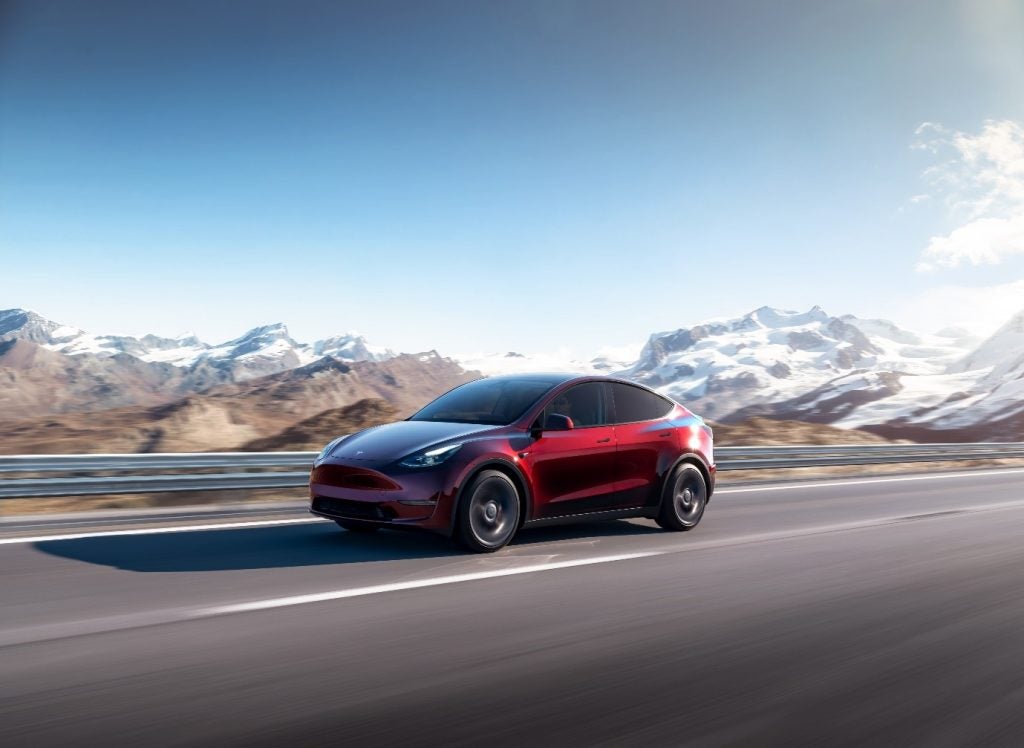Having been approved as a cab in New York, Nissan’s NV200 is now targeting London’s ‘black cab’ buyers whose traditional London Taxi Company (nee LTI, nee Carbodies) TX series models are already under threat from other newcomers such as Mercedes-Benz’s Vito.
The automaker reckons there are 300,000 daily black cab users in the capital and its products, if not the brand, are already familiar to many cab owners. Nissan’s 2.7-litre TD27 diesel engine was used in the LTI FX4 ‘Fairway’ black cab (last of the old shape). The same engine also featured in the Fairway’s successor, the completely redesigned, and much more modern TX1, which, along with its successors, is now the most common black cab on London roads.
Nissan claims the NV200 London Taxi would offer significantly reduced CO2 outputs compared to current taxi models – a focus in line with mayor Boris Johnson’s air quality strategy for the city. An all-electric e-NV200 concept is also set to undergo trials.
Steve McNamara, general secretary of the Licensed Taxi Drivers’ Association, said: “Nissan already has a great footing in the London taxi market – the 2.7-litre diesel that featured in some of the early taxis was one of the greatest engines ever put in a cab. From what I’ve seen of the 200 London taxi, it ticks all the right boxes. It’s important that it looks like a cab, is comfortable with good ingress and egress and is reliable. If the fuel consumption figures are as promised, it will be a big seller.”
Nissan claims the NV200 is more efficient and more environmentally considerate than current ‘black cab’ models with more comfort, space and convenience for occupants. A particular focus was also placed on providing for passengers with mobility issues.
See Also:
Like its New York ‘yellow cab’ equivalent, the London version is based on Nissan’s NV200 compact van launched at the end of 2009 and now sold in 40 countries, with 100,000 units delivered so far.
How well do you really know your competitors?
Access the most comprehensive Company Profiles on the market, powered by GlobalData. Save hours of research. Gain competitive edge.

Thank you!
Your download email will arrive shortly
Not ready to buy yet? Download a free sample
We are confident about the unique quality of our Company Profiles. However, we want you to make the most beneficial decision for your business, so we offer a free sample that you can download by submitting the below form
By GlobalDataLike the TX models, it seats five adults – three on a rear bench with two on rear-facing, fold-down seats. Again, like the TX, space for a front passenger seat is used instead for luggage.
Like the Vito, it has sliding rear passenger doors, developed for easy open and close and claimed to be much safer for pedestrians, cyclists and other vehicles because they do not swing out to create a potential obstruction.
The diesel version of the Nissan NV200 London Taxi is expected to be competitively priced below the TX4 – the London Taxi Company’s latest model – and will be available through a designated ‘specialist’ dealer.
Nissan claims “significantly improved running costs than alternative London cabs”. The NV200 has a (Renault) 1.5dCi 89hp Euro V-compliant turbodiesel with a six-speed manual gearbox and achieves 53.3mpg on a combined cycle – an almost 50% fuel saving over the most efficient TX4 with combined cycle return of 35.3mpg.
Given that the vast majority of current London cabs – and the New York NV200 version – are automatic, the manual may be a hard sell in the UK but the fuel economy may swing the deal.
Nissan said fuel costs account for around 10% of taxi driver overheads and, over the course of a year, NV200 London Taxi drivers would spend around 50% less – about GBP700 – on fuel than TX4 drivers.
The NV200 taxi’s engine emits up to 138g/km of CO2, compared with 209g/km from the ‘greenest’ TX4 model. Hence the claim that, if all of London’s licensed taxis were replaced with the NV200, there would be a CO2 reduction across London of 37,970 metric tonnes each year – the equivalent of planting 10,000 acres of trees every 12 months.
In addition, harmful NOx and PM (particulate) gases on which authorities are seeking particular improvement in ‘clean air’ legislation, would be reduced by an estimated 135 metric tonnes and 20 metric tonnes respectively per year, the automaker added.
Running costs of a full EV NV200 taxi are estimated at around 20% of a current, conventional, diesel-powered taxi.
Subject to final testing, including a crash test, the diesel NV200 is expected to receive full London taxi certification later this year.
This has required extensive modifications to meet regulations set out in the TfL London Taxi Conditions of Fitness. These include being able to accommodate a wheelchair passenger and achieve a 25ft (7.6m) turning circle – a legal requirement for all ‘hackney carriages’, said to originate from the small roundabout in front of the famous Savoy Hotel on The Strand that taxis needed to round in one manoeuvre.
Mayor Johnson said: “Improving air quality in London is one of the most important challenges I face as mayor. Having taken the significant step of introducing the first age limit for taxis in London, I am absolutely delighted that manufacturers are stepping up to the plate and are responding to the challenge I set in my air quality strategy to reduce taxi emissions and improve efficiency. I look forward to when a fully competitive model comes to market.”







